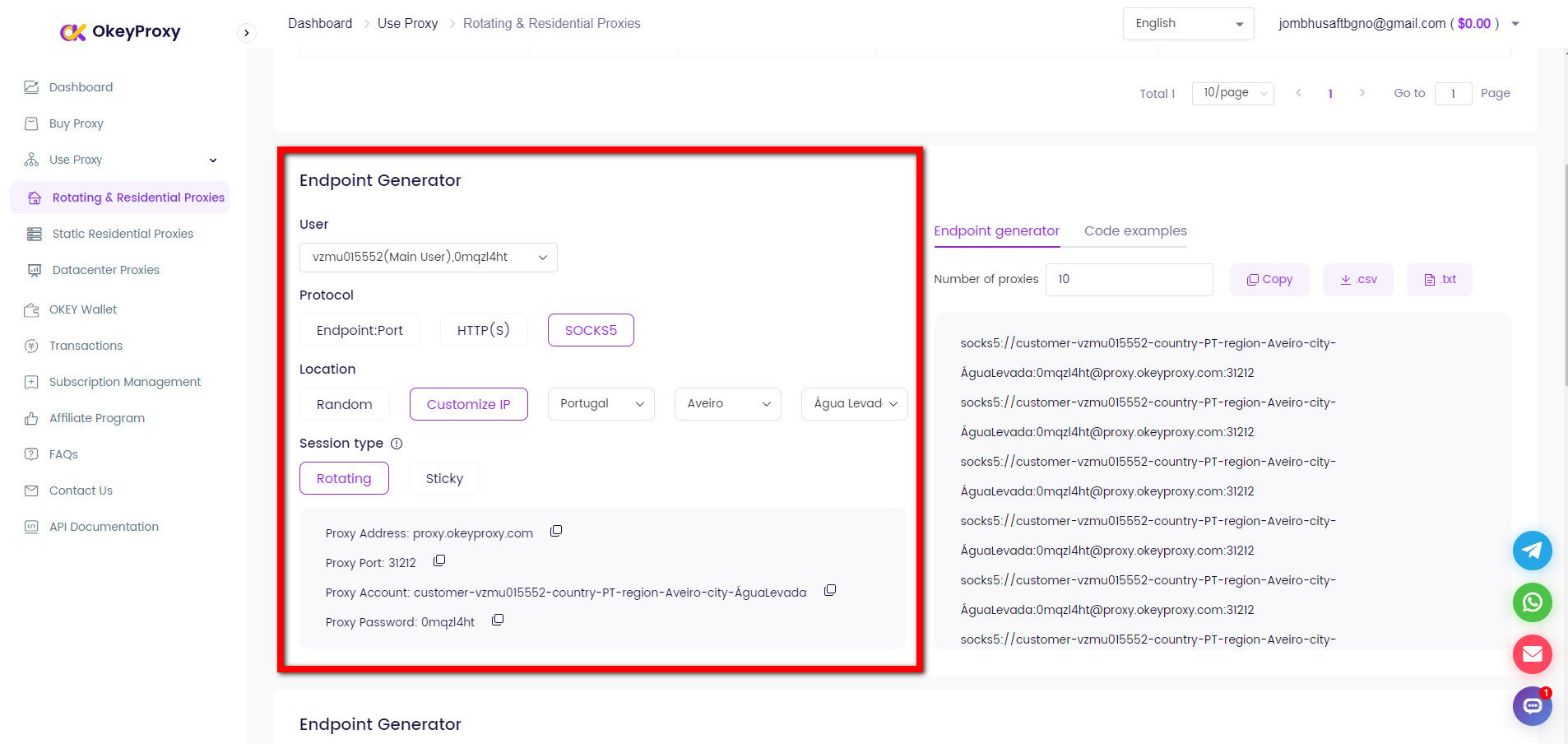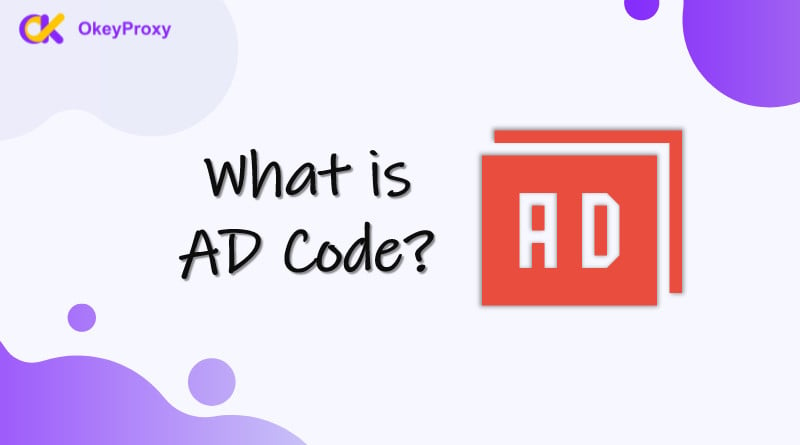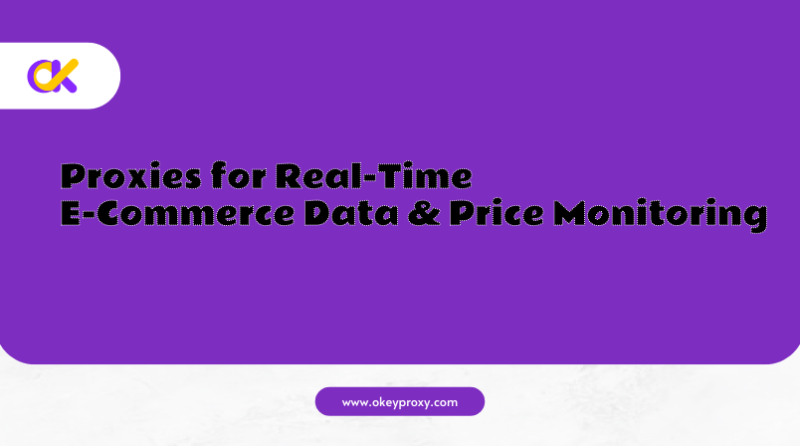Ad code is a crucial element in digital advertising, facilitating the display of ads on websites and applications. It integrates advertisements into web pages or apps, tracks performance metrics, and personalizes ad delivery. This article explores the intricacies of ad code, its functionality, and how various strategies—including the use of proxies—can enhance its effectiveness. Additionally, we will delve into related topics such as ad fraud prevention, dynamic ad insertion, and cross-platform ad management.
Understanding Ad Code
What is Ad Code Meaning
What is Ad Code? The full form of Ad Code is advertising code. It refers to a snippet of HTML, JavaScript, or other programming code that is embedded into a webpage or app to display advertisements. Ad code is often provided by ad networks or platforms (such as Google AdSense), which is embedded into the HTML of a webpage or the backend of an application. The main functions of ad code include:
- Ad Display: Determines the placement and format of ads on a webpage or application, ensuring they appear in the designated areas.
- Tracking and Analytics: Collects data on ad interactions, such as impressions, clicks, and user behavior. This data is essential for evaluating ad performance and ROI.
- Targeting and Personalization: Allows for the delivery of targeted ads based on user data, including location, browsing history, and interests. This enhances ad relevance and user engagement.
Another Term: Ad Code in Export
In the context of export, “ad code” typically refers to the code assigned to a specific product or category for customs and export purposes. This code helps streamline the documentation, classification, and tracking of exported goods. One of the most common systems used for this is the Harmonized System (HS) Code, which is an internationally standardized system of names and numbers to classify traded products.
Example of Ad Code (HS Code):
- Electronics: HS Code 8542.39 for integrated circuits.
- Apparel: HS Code 6109.10 for T-shirts.
Ad Code Comparison
| Feature | Ad Code in Export | Ad Code in Digital Advertising |
|---|---|---|
| Purpose | Classify goods for customs and export | Embed ads on websites or apps |
| Common System | HS Codes, Customs Classification Codes | Google AdSense, AdMob, or other ad networks |
| Usage | Export documentation, determine tariffs | Deliver ads, track performance, earn revenue |
| Application | International trade, logistics | Digital marketing, web monetization |
| Example | HS Code for exporting electronics | AdSense code for displaying banner ads |
How Ad Code in Marketing Works
Ad code refers to a script or piece of code embedded into a website to display advertisements. It allows website owners to generate revenue through ads by incorporating a specific type of advertising, such as banner ads, video ads, or contextual ads, from networks like Google AdSense, Amazon Ads, or other ad-serving platforms. Ad code operates through a series of steps:
-
Code Integration
Developers integrate ad code into the webpage or application. This code is typically generated by the ad network and includes parameters for displaying ads.
-
Request to Ad Server
When a user visits a webpage or app, the ad code sends a request to the ad server, including information about the user’s device, location, and browsing habits.
-
Ad Selection and Delivery
The ad server processes the request and selects an ad based on the provided data. The chosen ad is then delivered to the webpage or app and displayed in the specified location.
-
Data Collection and Reporting
The ad code tracks user interactions, sending data back to the ad server for analysis. This data helps advertisers assess ad performance and make informed decisions.
Enhancement of Ad Code Effectiveness
-
Optimizing Ad Placement
Above the Fold: Place ads where they are immediately visible to users without scrolling.
Contextual Relevance: Match ad content with the surrounding content to increase engagement.
Ad Density: Balance ad frequency to avoid overwhelming users, which can lead to ad blindness. -
Improving Ad Targeting
User Data Utilization: Leverage user behavior and demographics to deliver personalized ads.
Geographic Targeting: Tailor ads based on the user’s location to increase relevance.
Behavioral Retargeting: Show ads to users who have previously interacted with your content. -
Enhancing Ad Code Quality
Load Speed: Ensure ad code does not slow down page load times. Optimize code to reduce delays.
Responsive Design: Use responsive ad units to ensure ads display well on all devices.
Compatibility: Test ad code across different browsers and platforms to ensure consistent performance. -
Utilizing Advanced Ad Formats
Native Ads: Integrate ads seamlessly into content to make them less intrusive and more engaging.
Interactive Ads: Use interactive elements to increase user engagement and interaction.
Video Ads: Implement video ads that can capture attention more effectively than static images. -
Monitoring and Analytics
Track Performance: Use analytics tools to monitor ad performance, click-through rates, and conversion rates.
A/B Testing: Conduct A/B tests to compare different ad formats, placements, and designs.
Adjust Strategies: Continuously adjust ad strategies based on performance data and user feedback. -
Ensuring Compliance and Privacy
Ad Standards: Follow industry standards for ad placement and content to avoid compliance issues.
User Privacy: Implement privacy measures and disclose data collection practices to users. -
Leveraging Proxies for Ad Testing
Avoid Detection: Test ads from different geo-locations without being flagged as suspicious.
Test Variations: Ensure that ad variations perform well across various regions and IP addresses.
Simulate Real Users: Simulate the behavior and environment of real users for accurate results. -
Engaging Creative Content
High-Quality Visuals: Use high-resolution images and professional design to attract attention.
Clear Call-to-Action: Include compelling calls-to-action that encourage users to click on the ad.
More Tips with Ad Code to Consider
1. Ad Fraud Prevention
Ad fraud is a significant concern in digital advertising, involving deceptive practices that inflate ad metrics and waste ad spend. Implementing strategies to prevent ad fraud is crucial for maintaining the integrity of ad campaigns. Common measures include:
- Click Fraud Detection: Using algorithms and machine learning to identify and filter out invalid clicks generated by bots or malicious actors.
- Impression Fraud Prevention: Monitoring for fake impressions by analyzing traffic patterns and user behavior to ensure that ad views are genuine.
- Third-Party Verification: Employing third-party services to audit and verify ad metrics, ensuring that ad data is accurate and trustworthy.
2. Dynamic Ad Insertion
Dynamic ad insertion involves customizing ad content in real time based on user data and contextual factors. This approach enhances ad relevance and engagement by delivering ads tailored to individual user profiles. Key aspects include:
- Contextual Targeting: Adjusting ad content based on the content of the webpage or app, ensuring that ads are relevant to the user’s current environment.
- Behavioral Targeting: Utilizing user behavior data, such as browsing history and purchase patterns, to deliver ads that align with user interests and preferences.
- Real-Time Bidding: Leveraging programmatic advertising to place bids on ad inventory in real time, optimizing ad placement and maximizing return on ad spend.
3. Cross-Platform Ad Management
Managing ads across multiple platforms can be challenging but is essential for reaching a diverse audience. Effective cross-platform ad management involves:
- Unified Ad Platforms: Using integrated ad management platforms that support multiple channels, including web, mobile, and social media, to streamline ad operations and reporting.
- Consistent Messaging: Ensuring that ad creatives and messages are consistent across different platforms, reinforcing brand identity and improving user recognition.
- Performance Tracking: Monitoring ad performance across various platforms to assess effectiveness, identify trends, and make data-driven adjustments to ad strategies.
How Proxy Servers Play a Role in Ad Code
Incorporating proxies into ad code strategies can enhance ad performance, protect against fraud, and optimize targeting.
- Privacy Protection: Masking users’ IP addresses to protect privacy and prevent ad targeting based on location.
- Bypass Geographic Restrictions: Allowing access to region-specific ads by simulating different geographic locations.
- Ad Verification and Testing: Enabling more accurate testing of ad performance from various locations, helping optimize ad delivery and effectiveness.
- Combat Ad Fraud: Identifying and blocking suspicious IP addresses to reduce the impact of fraudulent activities by analyzing traffic patterns.
- Data Collection and Analysis: Scraping data from various sources without block, distributing requests through different IP addresses and avoiding rate limits imposed by data sources.
Right Proxy Choice for Ad Code Management
When integrating proxies into ad code management, consider:
- Proxy Type: SOCKS5 proxies are preferred for their flexibility and ability to handle different types of traffic. They provide better anonymity and support various protocols.
- Performance and Reliability: Select a proxy provider that offers high-speed connections and reliable service to avoid impacting ad testing and performance.
- Geographic Coverage: A broad geographic reach allows for comprehensive testing and optimization. Services like OkeyProxy offer extensive global coverage, aiding in effective ad management.

Free Trail with Excellent Proxies Now!
Conclusion
Ad code is an essential component of digital advertising, facilitating the display and management of ads across websites and applications. Enhancing the effectiveness of ad code involves addressing challenges such as ad fraud, leveraging dynamic ad insertion, and managing ads across multiple platforms. Proxy servers also offer valuable benefits, including privacy protection, geographic flexibility, and optimization of ad performance. By employing these strategies and tools, advertisers can achieve more precise targeting, improved ROI, and successful ad campaigns.





